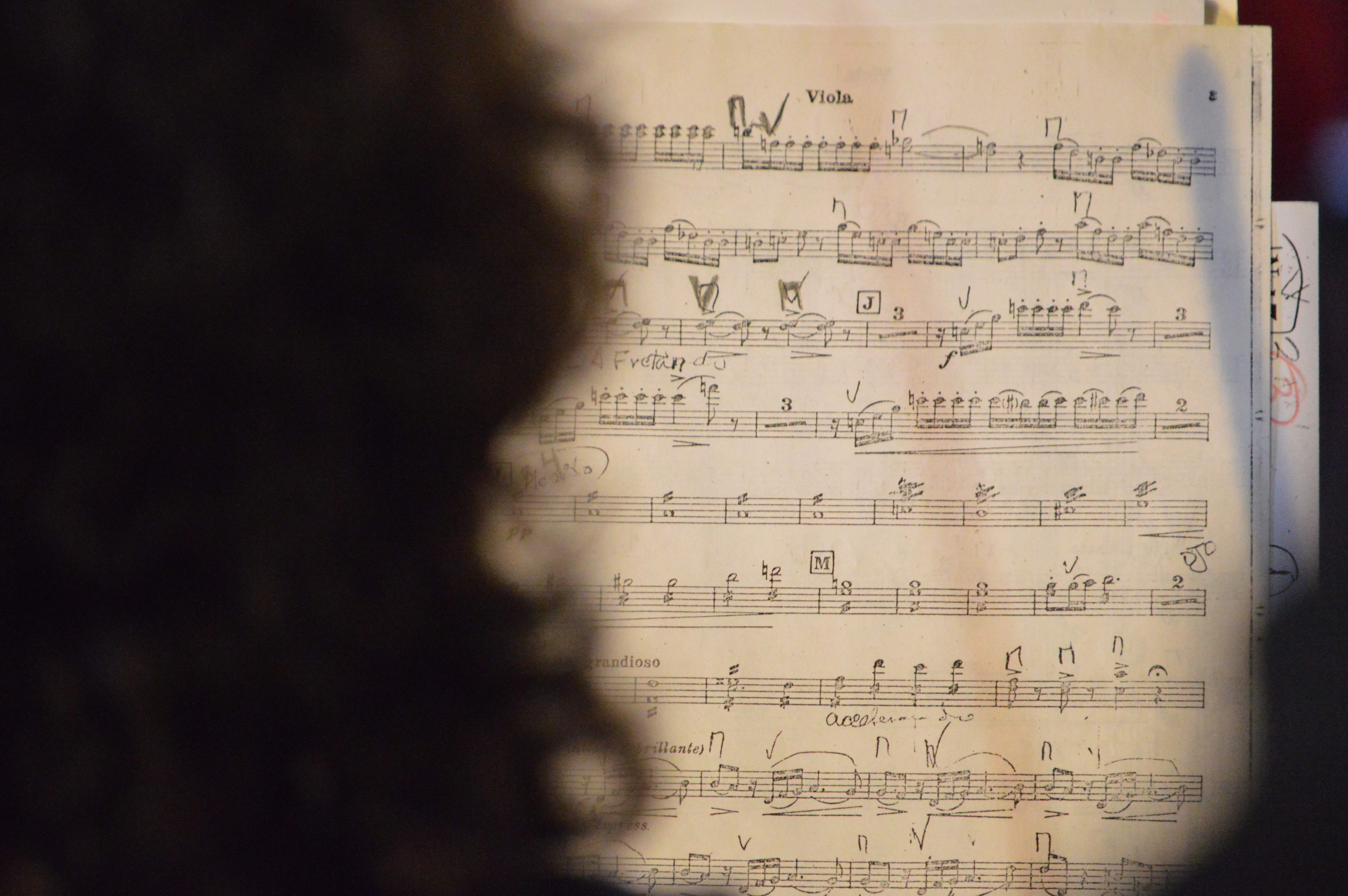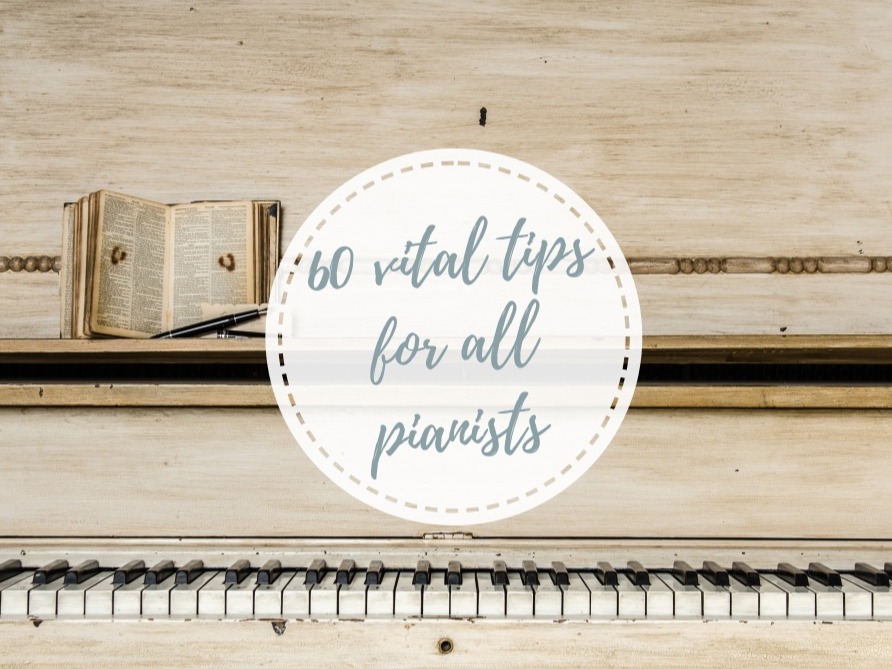If you make it fun, you won’t want to skip it
Warming up is a hugely important thing to do. It can help prevent strains and injuries - particularly over the long-term. A great way to encourage ourselves to practise more is to try to make it fun.
If you make it fun, you won’t want to skip it. Here are 5 fun ways to warm up for piano players. Enjoy!
1. Stretch

OK - it’s not that easy to make stretching fun, but we have a few ideas. Stretching is the first and most important part of a warm-up routine because it prepares your muscles for play.
For a pianist, this will involve a lot of finger stretches, wrist rolls, and so on. However, it’s important that you don’t forget about your shoulders, neck and back.
Let’s look at some ideas:
- Are you into yoga? Or want to get into yoga? Try combining your piano warm-up stretches with a light yoga routine to give it more purpose and benefit.
- Try stretching to music, maybe even the music you’re currently learning to play to give it more purpose and meaning.
- Simply get it done while you watch 5 minutes of your favourite show to keep your mind occupied.
2. Make scales fun
OK, this may sound like an impossible task but it really isn’t! Remember that this isn’t “scale practice”, this is a warm-up. This warm-up is not about playing scales with absolute accuracy, a perfectly even tempo, or with perfectly paced notes. The purpose is to warm up your fingers in the least boring way possible.
Try playing the scales with a variety of different rhythms to keep you interested and engaged.
Try playing the scales in intervals. Rather than playing the notes in the sequence 1 2 3 4 5 6 7 8, try 1 3 2 4 3 5 4 6 5 7 6 8.
Play fun, creative games like attempting to play a scale without looking, or attempting to go up one scale and down another, e.g. Up the scale of C major as far as the note of B, then back down the B major scale.
If anything, these are better warm-ups than playing your standard scales - you’ll be engaged, focused and giving your fingers a proper workout rather than simply going through the motions.
Want more tips? Here are 60.
60 vital tips for all pianists
3. Make sight-reading fun

If making scales fun isn’t an impossible task, then surely we can make sight-reading fun, right? Again - just like with the scales above - the purpose isn’t sight-reading per se, it’s warming up. Scales or sight reading are important secondary purposes of these exercises, but the primary purpose is to warm up.
- Forget the notes for a minute. Try playing C and only C using the rhythms shown. Forget about all the other notes!
- Now, try the reverse – pay no attention to the rhythm and simply play what is in front of you.
4. Style it out
All of these exercises are about engaging your brain in a different way to keep you interested and focused whilst you physically prepare. It’s all about distracting your brain while your body does the work it needs to do.
A great way to do this is to choose some easy repertoire that you already know and make a sudden, major change to them for fun.
Maybe it’s trying to play a pop song in a reggae style, or maybe it’s dramatically speeding up a Chopin ballad.
This is a creative, compositionally-minded exercise that helps your understanding of genre, speed and rhythm and may lead you to stumble across some very interesting things.
3 repertoire pieces that will help you develop 9 different techniques
5. Make revision fun

Your warm-up should finish with a very quick revision of the key ideas from the previous practice session to ensure they’ve not been forgotten and that you’re ready to move on to whatever is next.
This doesn’t need to be hugely comprehensive and thorough; it’s just about covering off the old ground before you move on. So, test yourself, and use some of the variety of techniques outlined above to make it interesting!
For more tips and advice, subscribe to Pianist magazine today.









